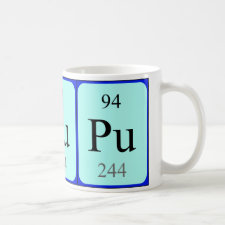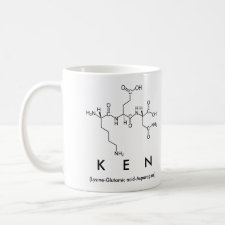
Authors: Rampey AM, Umpleby RJ, Rushton GT, Iseman JC, Shah RN, Shimizu KD
Article Title: Characterization of the imprint effect and the influence of imprinting conditions on affinity, capacity, and heterogeneity in molecularly imprinted polymers using the Freundlich isotherm-affinity distribution analysis.
Publication date: 2004
Journal: Analytical Chemistry
Volume: 76
Issue: (4)
Page numbers: 1123-1133.
DOI: 10.1021/ac0345345
Abstract: Molecularly imprinted polymers (MIPs) have been used in a wide range of analytical applications in particular in chromatography and sensing. However, the binding properties in MIPs are typically measured only in a narrow concentration range, which corresponds to only a subset of the sites in MIPs. This limited analytical window and binding site heterogeneity of MIPs leads to inaccuracies and inconsistencies in the estimation of their binding properties. This has hampered the characterization and optimization of MIPs for analytical applications. In this study, the origins of the molecular imprinting effect were studied using the newly developed Freundlich isotherm-affinity distribution (FLAD) analysis. The analysis is able to readily calculate an affinity distribution for MIN from the limited analytical window. The FLAD analysis also yields an estimate of number, affinity, and heterogeneity for this subset of binding sites. Consistent with previous studies, MIPs were found to have higher capacities than the corresponding nonimprinted polymers (NIPs). Interestingly, MIPs were also found to be more heterogeneous than NIPs. Examination of variables in the imprinting process including temperature, template concentration, and cross-linking percentages further confirmed these trends. Based on these observations, a model for the imprinting effect was developed. The larger population of high-affinity sites in MIPs appears to arise from a broadening of the heterogeneous distribution. This suggests that noncovalent MIPs may be ill-suited for chromatographic applications and other applications that are detrimentally affected by binding site heterogeneity and better suited to applications that are less affected by heterogeneity such as sensing



Join the Society for Molecular Imprinting

New items RSS feed
Sign-up for e-mail updates:
Choose between receiving an occasional newsletter or more frequent e-mail alerts.
Click here to go to the sign-up page.
Is your name elemental or peptidic? Enter your name and find out by clicking either of the buttons below!
Other products you may like:
 MIPdatabase
MIPdatabase









